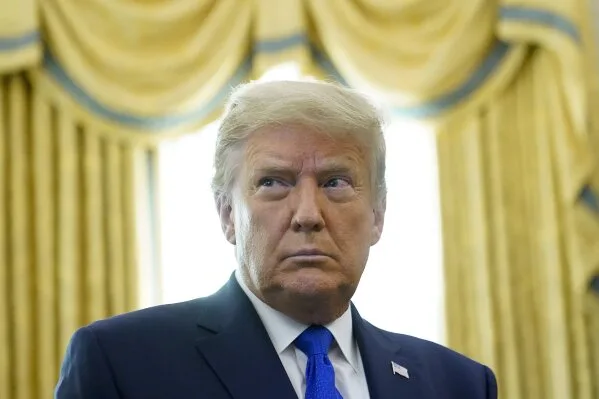Rabat – The European Union is working urgently to avoid a trade war with the United States after US President Donald Trump threatened to impose 30% tariffs on most EU imports starting August 1.
EU Trade Commissioner Maros Sefcovic said on Monday that such high tariffs would severely damage trade between the two sides. He warned that a 30% tariff rate would make it almost impossible to continue trading as before, adding that it would harm supply chains and hurt both economies.
Sefcovic said EU ministers had agreed to focus on negotiations to try to stop the new tariffs. The commissioner will do everything he can to prevent this “super-negative scenario,” he told reporters ahead of a meeting with EU trade ministers.
Despite Trump’s threat, Sefcovic said American officials were still open to talks. However, he noted that the EU must be ready for all outcomes, including taking strong action if needed.
The European Commission had earlier planned to suspend a first set of EU tariffs on $24.5 billion worth of US goods. That suspension was due to expire at midnight on Monday. Now, the Commission is also preparing a second package of possible tariffs that would target an additional $78 billion in American goods.
Danish Foreign Minister Lars Lokke Rasmussen said it was too early to strike back with countermeasures, but the EU had to be ready. “If you want peace, you have to prepare for war. And I think that’s where we are,” he said.
French Trade Minister Laurent Saint-Martin urged the EU to go even further. He suggested that the EU should consider hitting US services or using its special “anti-coercion” tool.
“This balance of power desired by Donald Trump is one in which you must show your ability to fight back,” Saint-Martin said. “And this is perhaps where we need to move faster today.”
In April 2025, Trump launched his so‑called “Liberation Day” tariff campaign under IEEPA, imposing a blanket 10 % import duty on nearly all foreign goods and additional “reciprocal tariffs” on countries running trade deficits with the US.
This policy especially hit machinery-exporting nations such as China, which supplies nearly 17 % of US machinery imports, which resulted in sharply higher costs for American manufacturers dependent on critical industrial tools and components.
